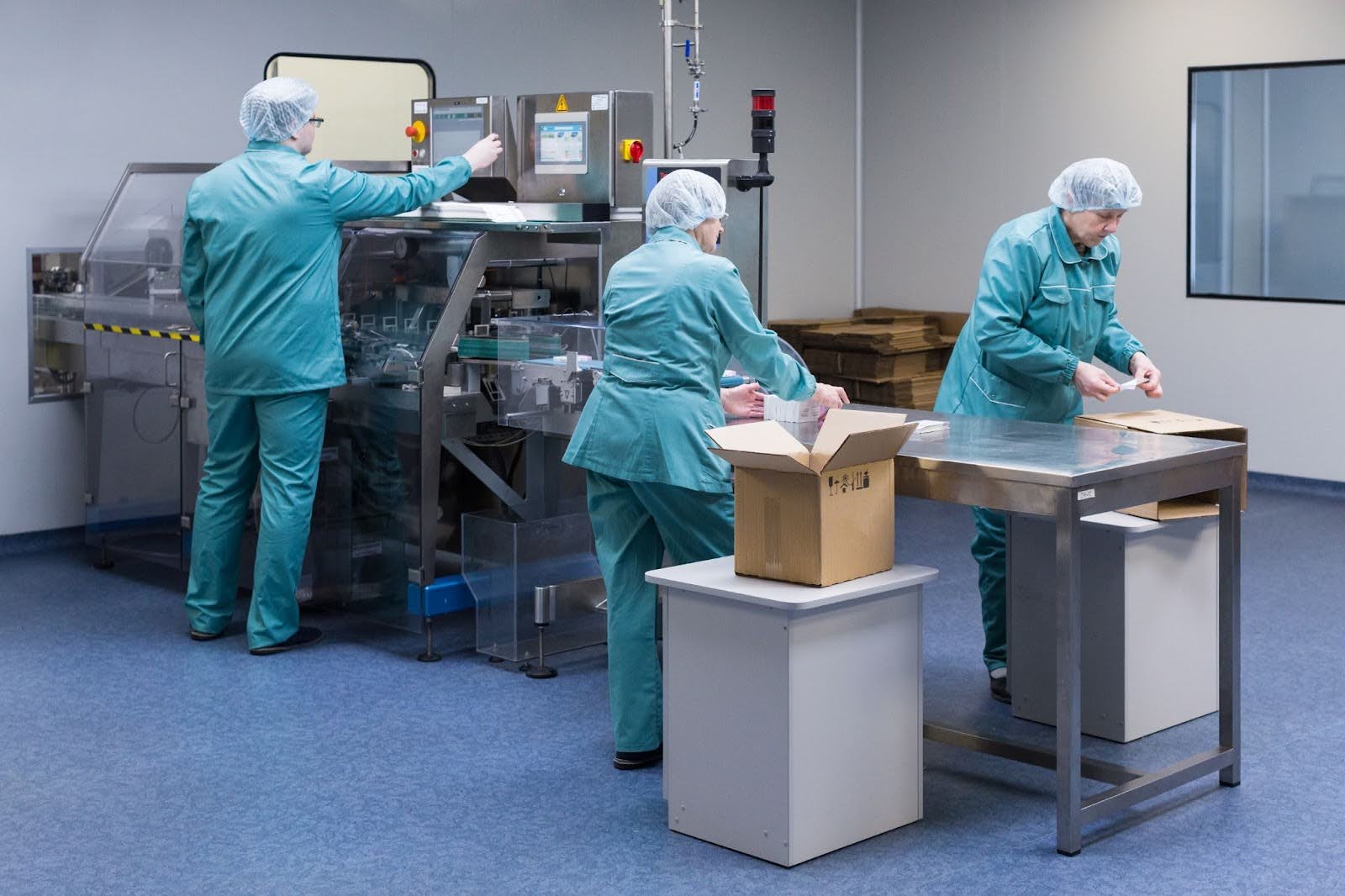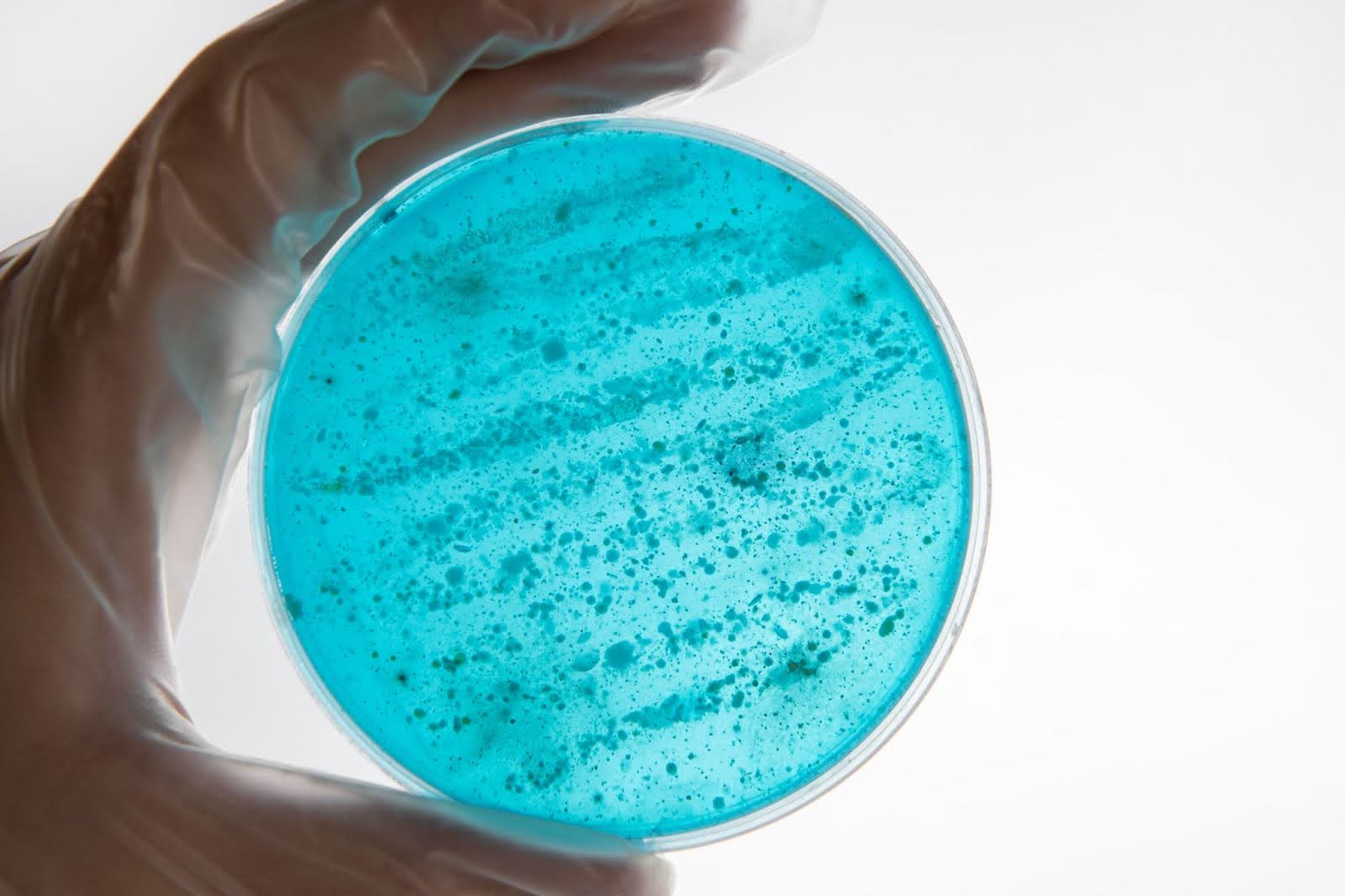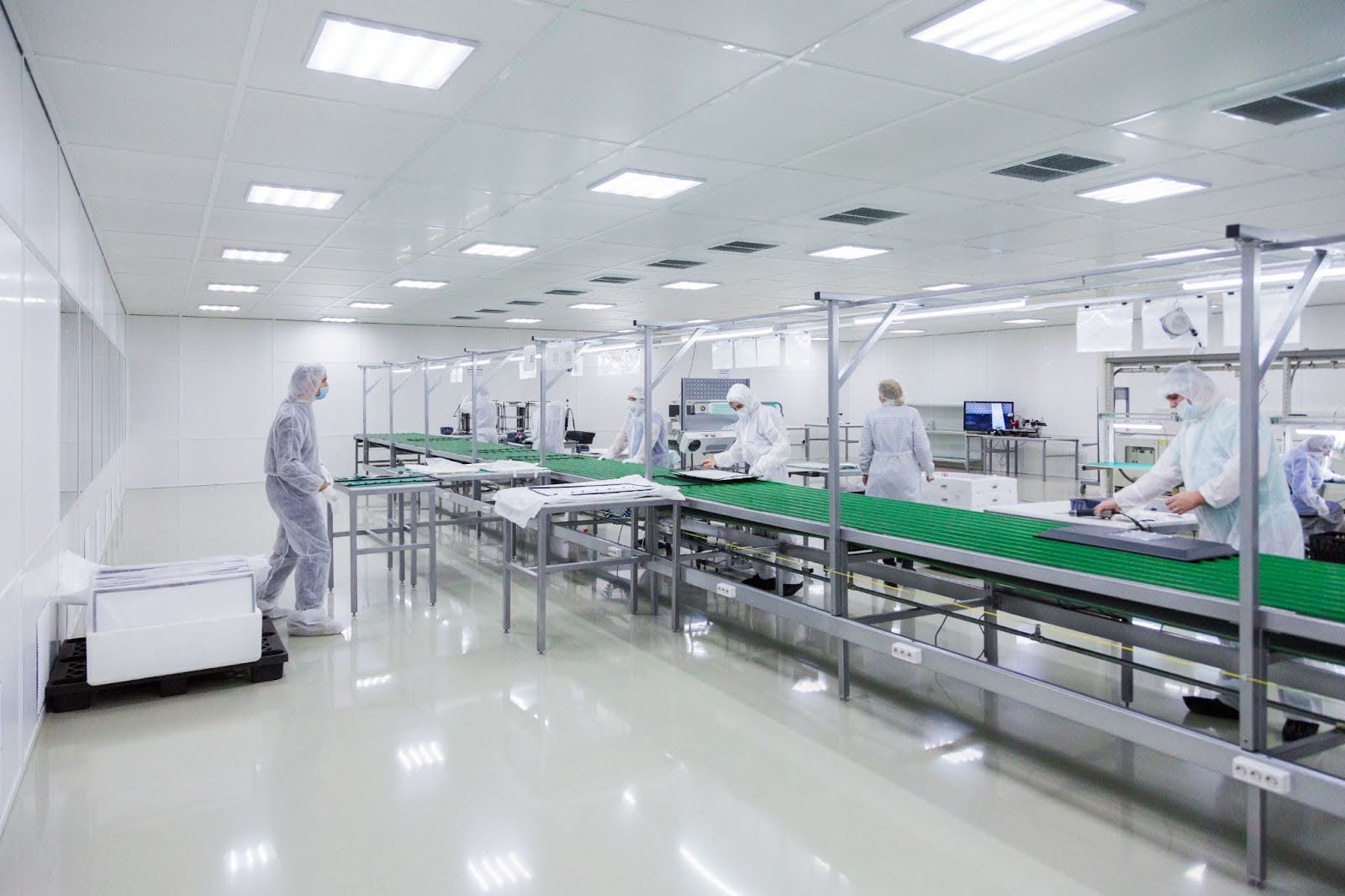by Mrudula Kulkarni
7 minutes
USP <1116> – Alert/Action Levels & Trending in Pharmaceutical Cleanrooms
Learn how USP <1116> guides alert/action levels and trending in pharma cleanrooms for stronger compliance and contamination control.

In the world of pharmaceutical manufacturing, maintaining sterile conditions is not just a requirement—it’s a responsibility. Cleanroom contamination control, especially in aseptic processing facilities, is critical to patient safety.
Among the many guidelines shaping modern environmental monitoring (EM), USP <1116> stands out as a cornerstone, offering valuable insights into alert levels, action levels, and contamination trending in cleanrooms.
But what exactly does USP <1116> mean for pharma professionals? How do alert and action levels support regulatory compliance while strengthening your contamination control strategy? Let’s dive in.
What is USP <1116>?
USP <1116> Microbiological Control and Monitoring of Aseptic Processing Environments provides a risk-based framework for evaluating microbiological data in cleanrooms. Unlike traditional acceptance criteria that focus only on CFU limits, this chapter emphasizes:
- Trending of data over time instead of single-point failures
- Statistical approaches to environmental monitoring
- Risk-based alert and action levels that adapt to cleanroom classifications (Grades A–D)
This shift encourages a holistic contamination control strategy, moving from pass/fail thinking to data-driven process monitoring. Aligning thresholds with ISO 14644 cleanroom classifications ensures that environmental monitoring methods are implemented according to cleanroom standards.
Alert vs. Action Levels in USP <1116>
In environmental monitoring programs, alert and action levels are essential markers:
Key insight: USP <1116> does not prescribe fixed numerical values but encourages using historical data and trending to set realistic thresholds based on cleanroom performance.
Why Trending Matters?
Traditional methods looked only at point-in-time failures (e.g., “Did this plate exceed the limit today?”). USP <1116> introduces statistical trending, which answers:
- Is contamination frequency increasing in Grade A or B areas?
- Are cleanroom operators consistently introducing microorganisms?
- Is a specific sampling location showing gradual deterioration?
By focusing on microbiological data trending, pharma companies can predict problems before they escalate, ensuring regulatory compliance with FDA, EMA, and WHO GMP standards.
Properly setting alert and action levels in cleanroom monitoring is essential for continuous monitoring and predicting contamination risks in cleanroom environments.
Practical Steps for Pharma Professionals
Here’s a quick checklist to align your environmental monitoring program with USP <1116>:
✅ Establish baseline cleanroom data for Grades A–D
✅ Define alert and action levels using statistical models, not arbitrary limits
✅ Use active air sampling, settle plates, and contact plates consistently
✅ Perform root cause analysis for action level excursions
✅ Document and trend results over time to support regulatory inspections
✅ Integrate EM data into your Contamination Control Strategy (CCS)
Benefits of USP <1116> Alignment
- Improved product quality through proactive contamination control
- Regulatory confidence during FDA/EMA audits
- Smarter risk management with predictive trending
- Stronger contamination control strategy across sterile manufacturing
Final Thoughts
For pharma professionals, USP <1116> is more than guidance—it’s a mindset shift. By treating environmental monitoring data as part of a continuous quality system rather than isolated failures, companies can stay ahead of risks, safeguard patient safety, and strengthen their regulatory standing.
As the industry moves towards data-driven decision-making, alert and action levels in USP <1116> become the bridge between compliance and true contamination control excellence.
Aligning with Annex 1 contamination control strategy ensures that your environmental monitoring program is compliant with the latest regulations and industry standards.
FAQs
1. What is the main purpose of USP <1116>?
USP <1116> provides a risk-based approach to cleanroom microbiological monitoring, focusing on trending rather than strict pass/fail limits.
2. How are alert and action levels different?
- Alert levels: Early warning thresholds.
- Action levels: Trigger corrective action, investigation, and CAPA.
3. Does USP <1116> give fixed microbial limits?
No, it encourages companies to set data-driven thresholds based on historical performance and statistical analysis.
4. Which pharma cleanroom grades does USP <1116> apply to?
It applies to Grades A–D, aligning with EU GMP Annex 1 and other global regulatory standards.
5. Why is trending important in environmental monitoring?
Trending helps detect gradual loss of control, operator contamination patterns, or systemic cleanroom issues before product quality is compromised.




